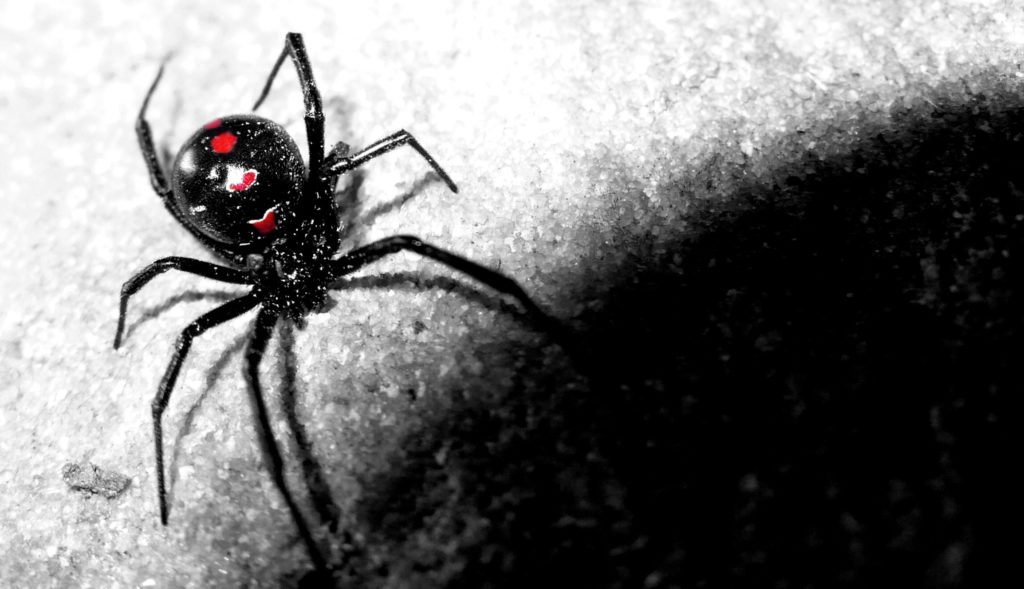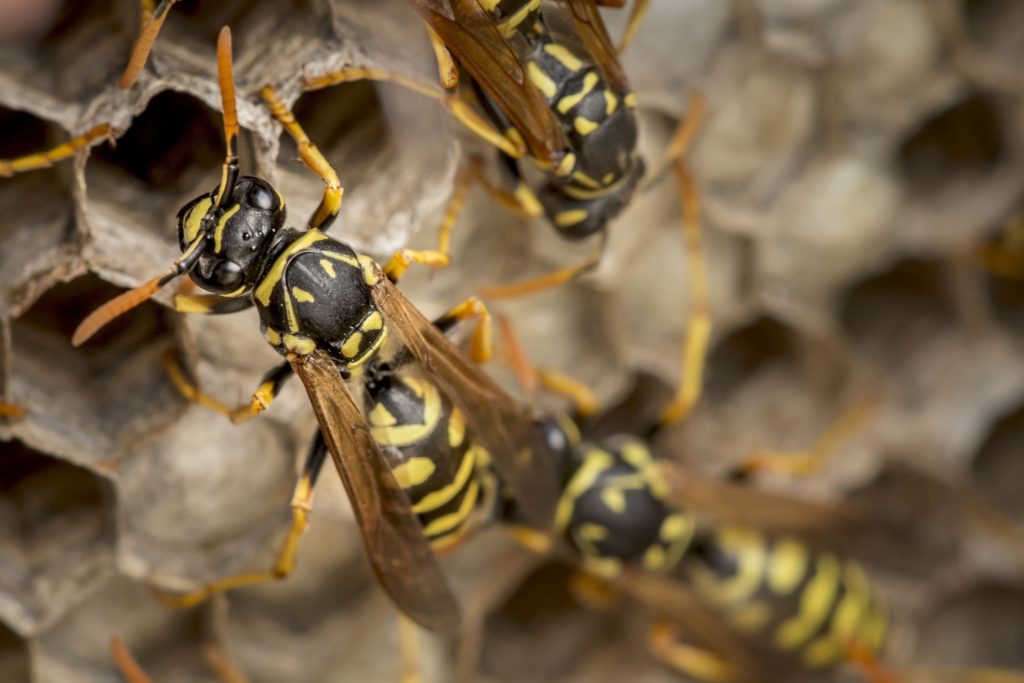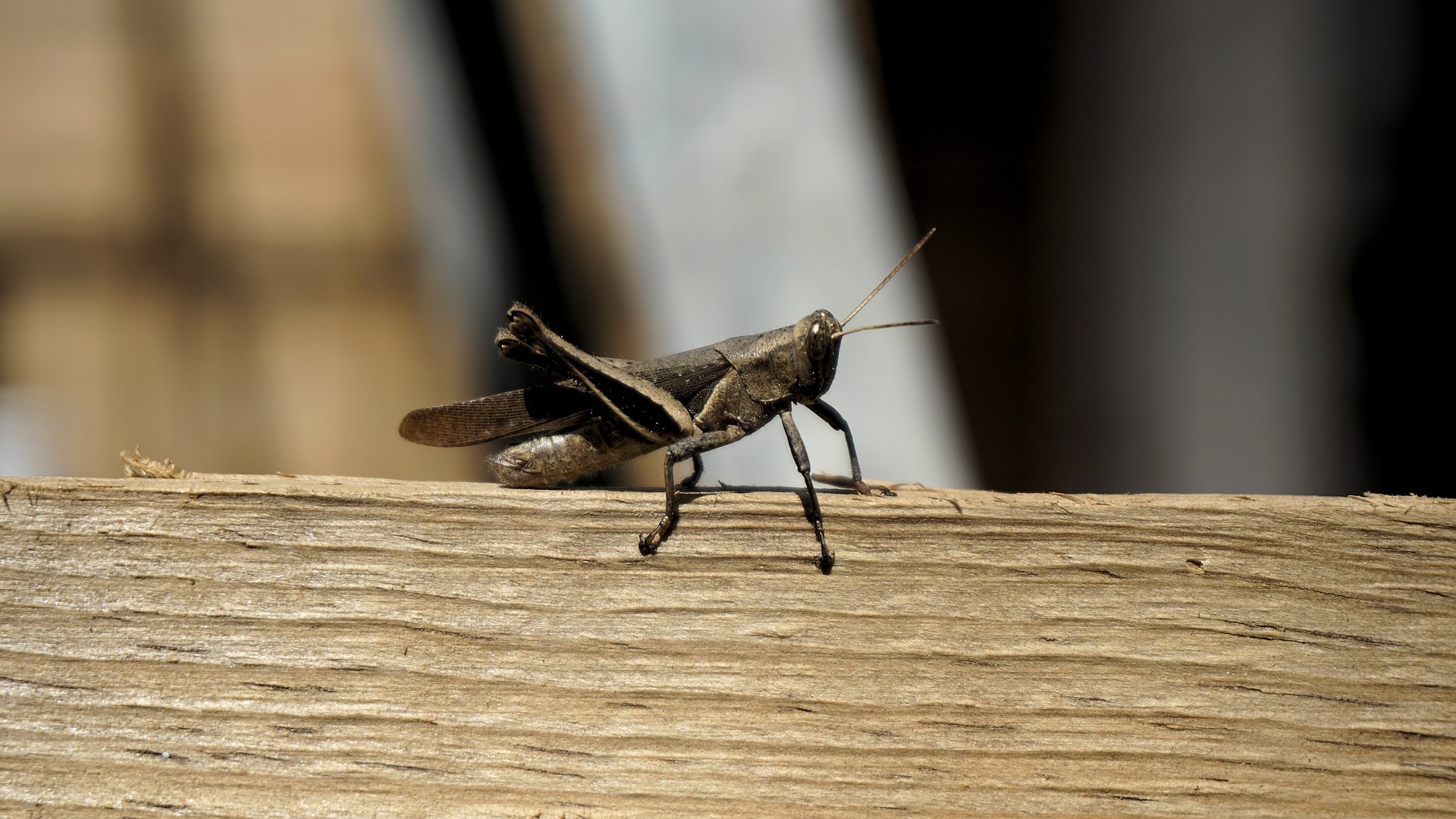Spiders
Texas has two venomous species of spiders, the black widow (Latrodectus mactans) and the brown recluse (Loxosceles reclusa). Both of these species of spiders can be found indoors and outdoors through out the State of Texas.
Symptoms of Envenomization by Spiders
The severity of a victim’s reaction to any spider bite depends on the area of the body bitten, the amount of venom injected, depth of the bite, the victim’s age, and other factors. Additionally symptoms usually differ between black widow bite victims and brown recluse bite victims. Many times, the bite of a spider feels like a pin-prick and may not be noticed by the victim.
General Black Widow Spider Envenomization Symptoms
• abdominal cramping
• abdominal rigidity
• convulsions
• headache
• lesion at site of bite
• nausea
• pain
• profuse sweating
• tremors
• unconsciousness
• vomiting

General Brown Recluse Spider Envenomization Symptoms
• chills
• fever
• nausea
• necrosis at the bite site
• nothing
• red white and blue lesion at the bite site
• restlessness
• weakness

